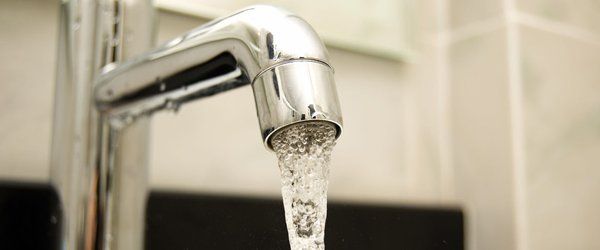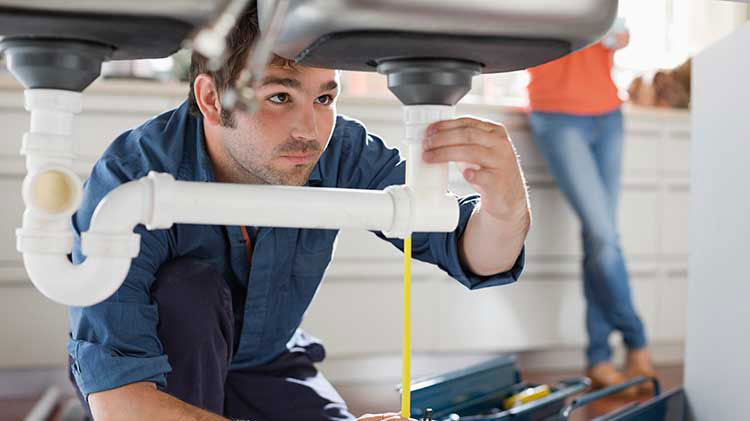Mastering the Art of Plumbing Maintenance in Rental Homes
Mastering the Art of Plumbing Maintenance in Rental Homes
Blog Article
Have you been trying to find advice on Who is responsible for plumbing maintenance?

Taking care of plumbing problems in rental properties effectively is important for maintaining lessee contentment and protecting the home's worth. Whether you're a landlord or a residential or commercial property supervisor, recognizing just how to address these common issues can save you time and money while making certain compliance with lawful obligations. Here's a step-by-step overview on how to deal with plumbing issues in rental residential or commercial properties.
Record Every little thing
Keep detailed documents of all reported pipes issues and the actions required to resolve them. Paperwork should consist of dates, descriptions of the issue, interaction with renters, and invoices from professionals or plumbings. This info can be crucial for insurance coverage cases, tax obligation reductions, and lawful protection.
Use Qualified Professionals
Constantly use accredited and insured professionals for significant plumbing repair services and installations. This guarantees that the work depends on code and can aid prevent obligation problems in case of mishaps or more damages. It additionally comforts tenants that repairs are being handled professionally.
Develop Clear Communication
Urge lessees to report any kind of plumbing issues as quickly as they happen. Offer numerous communication channels such as phone, email, or a renter website to make it very easy for them to reach out. Trigger actions to these reports can avoid minor issues from intensifying right into major troubles.
Enlighten Lessees
Enlighten your lessees about what constitutes a pipes emergency situation and what does not. Offer standards on how to take care of small issues themselves, such as making use of a plunger to unblock a toilet. Additionally, inform them about what they need to avoid putting down drains pipes to stop clogs, such as grease, coffee grounds, and non-biodegradable products.
Routine Upkeep
Implement a regular maintenance timetable for all pipes systems in your leasing homes. Routine checks can assist identify and deal with concerns like leaks, slow-moving drains, or corroded pipelines before they end up being major. Think about working with an expert plumber to check the residential properties yearly or semi-annually.
Quick Action to Emergency Situations
Have a plan in place for replying to pipes emergency situations. This need to include having the contact information of reputable pipes solutions that use 24/7 emergency situation repair services. Quick activity is important to minimize damages in scenarios like burst pipes or extreme leaks.
Preventive Upgrades
Take into consideration updating older pipes systems and components to much more contemporary, efficient models. This can reduce the regularity and seriousness of pipes problems and reduced long-lasting maintenance expenses. It's also a selling factor for potential occupants who value upgrades and modern-day features.
Renter Move-Out Inspections
Conduct comprehensive pipes checks throughout move-out assessments to guarantee that any kind of issues are determined and addressed before a new tenant relocate. This avoids disagreements with brand-new tenants over pre-existing conditions and guarantees the building is in top condition.
Understand Legal Duties
Understand your legal duties concerning pipes and general home maintenance. A lot of territories call for landlords to guarantee their properties are habitable and that all plumbing systems are in good working order. Failing to attend to serious concerns without delay can cause lawsuits from renters.
Tenant Reimbursements
If a pipes concern needs immediate interest and the renter deals with the concern on their own, have a clear policy in position for repaying prices. Make certain renters recognize they need to obtain prior approval for higher-cost fixings unless it's an absolute emergency.
Final thought
Handling plumbing issues in rental buildings requires a proactive method and excellent communication with renters. By staying on top of upkeep, reacting without delay to emergency situations, and utilizing competent professionals, property managers can keep their residential or commercial properties in outstanding problem and preserve excellent connections with tenants.
How to Handle Water Damage in a Rental Property
What is Water Damage?
Water damage is harm or destruction caused by water entering areas where it is not supposed to be. It can be caused by a variety of sources and can manifest in different ways. The most common examples of water damage include:
Leaking roof Plumbing leaks Appliance malfunctions Poor drainage Flooding Sewage backup Condensation Tenant negligence HVAC system issues Frozen pipes Is water damage dangerous?
Water damage itself is not inherently dangerous, but it can lead to various hazards and health risks if not promptly and properly addressed. The severity of these risks depends on the extent of the water damage, the source of the water, and how quickly it is mitigated.
Some potential dangers associated with water damage include structural damage, mold and bacterial growth, electrical hazards, water contamination, and pest infestations. In situations where mold and mildew have gone unaddressed, mold can start to develop within 24-48 hours of water exposure, and this can impose a serious health risk to tenants. In particular, mold spores and damp conditions can lead to respiratory issues and even make existing health problems worse, such as allergies, asthma, or immune disorders.
Water Damage in an Apartment - Who is Responsible?
If the water damage is caused by the tenant’s negligence, the tenant is responsible for the cost of repairs. If the water damage is caused by a defect in the property, the landlord is responsible for the cost of repairs. If the water damage is a result of natural causes, such as excessive rain, then the landlord is responsible, since the water intrusion likely occurred due to a defect in the property. Landlord Responsibility water damage in rental property
Since maintaining habitability is the landlord’s legal responsibility, landlords are responsible for any resulting structural damage caused by water damage. These structural damages may include damage to walls, roofs, ceilings, and flooring. If water damage has affected the rental property’s original structure, the landlord is responsible for repairing or replacing those materials. Therefore, landlords should have property insurance that covers the structural components of their rental property so that they can receive help with the costs of covered events.
Preventative measures can also help landlords avoid massive renovations. Preventative maintenance may include conducting regular inspections to identify and address potential water damage before it becomes a major and urgent problem.
If a landlord fails to meet their responsibilities regarding water damage, it can lead to legal disputes and potential liability. Tenants who believe their landlord is not addressing water damage issues in accordance with California law can seek legal advice or contact local housing authorities for assistance.
https://www.goodlifemgmt.com/blog/water-damage-in-a-rental-property/

We hope you liked our article on How can you handle tenant plumbing issues effectively. Thanks a lot for taking time to read through our article. Don't hesitate to take the opportunity to distribute this content if you enjoyed reading it. Kudos for your time. Come back soon.
Report this page